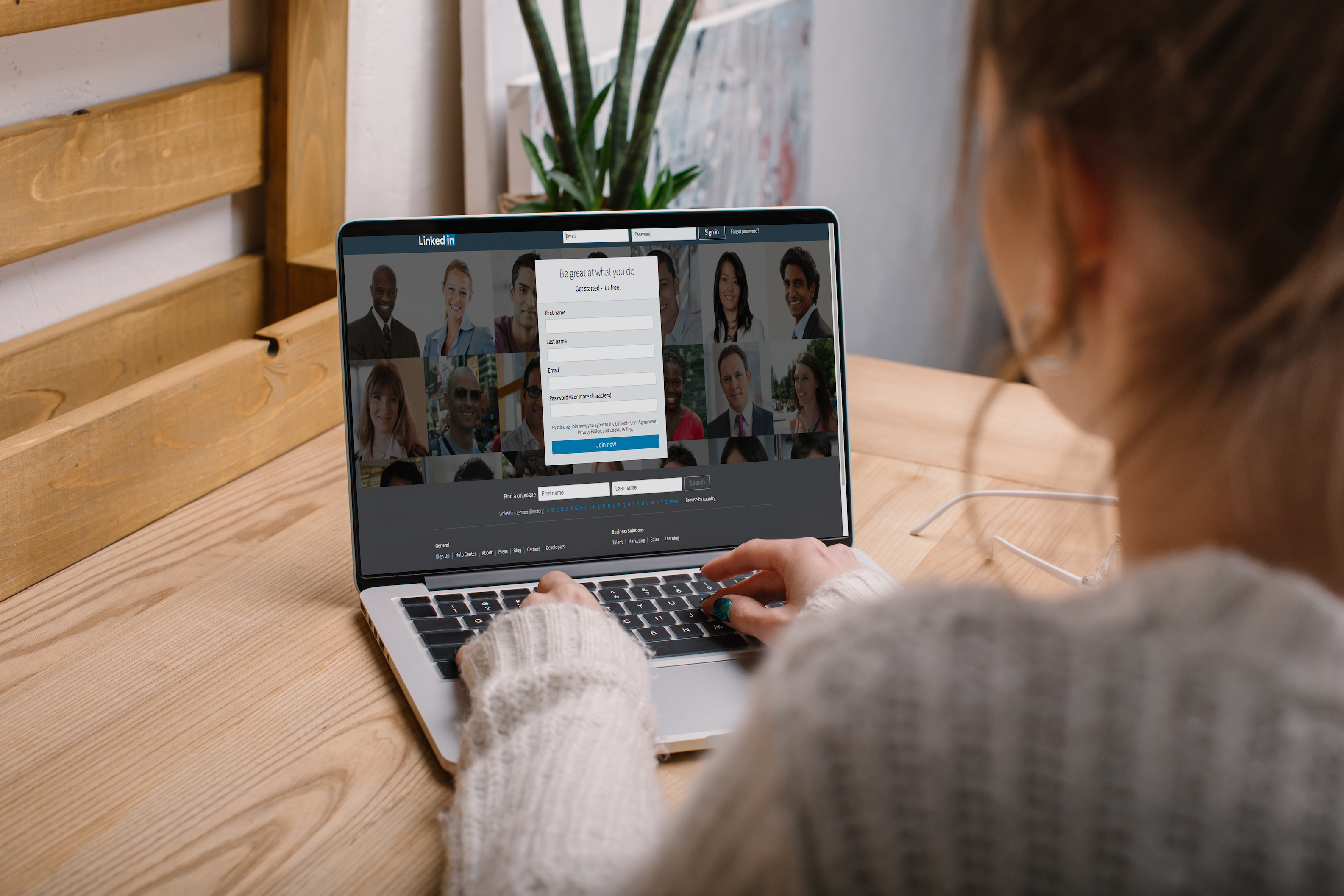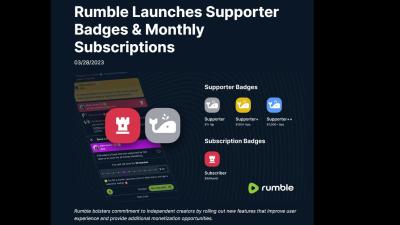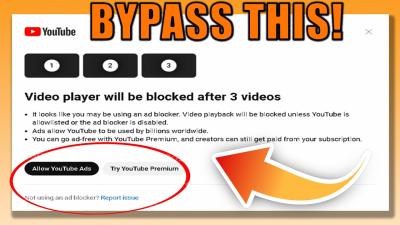LinkedIn is a powerhouse for networking, job searching, and professional growth. But making meaningful connections can sometimes feel challenging. In this post, we'll delve into LinkedIn's connection features and explore some common reasons why you might face connection issues. Let's get started!
Understanding LinkedIn's Connection Features

LinkedIn offers a variety of features that enhance the connection process. Understanding these can help you leverage the platform more effectively. Here’s a breakdown:
- Connection Requests: You can send a connection request to anyone on LinkedIn. Just click the "Connect" button on their profile. Personalizing your request with a brief message can significantly increase your chances of acceptance.
- Introductions: If you have mutual connections, consider asking for an introduction. This adds a layer of credibility and trust to your request.
- InMail Messaging: For those who aren’t in your network, you can use InMail (available with premium accounts) to reach out directly. This feature is particularly useful for job inquiries or collaborations.
- Groups: Joining LinkedIn groups is a fantastic way to connect with like-minded professionals. Engage in discussions and share insights to make connections organically.
- Endorsements and Recommendations: Actively endorsing skills or writing recommendations for connections can prompt them to reciprocate, strengthening your network.
By utilizing these features, you can not only expand your network but also foster professional relationships that can be beneficial in the long run. Remember, a thoughtful approach often yields better connections than simply sending requests without context.
Also Read This: Is It Easy to Build Engagement on LinkedIn? Insights from Reddit Users
Common Reasons for Connection Issues

Even with the best intentions, you might encounter some roadblocks while trying to connect with others on LinkedIn. Here are a few common reasons why connection requests might not go through or be accepted:
- Privacy Settings: Some users have adjusted their privacy settings to limit who can connect with them. If their settings are too restrictive, your request may not even reach them.
- Incomplete Profiles: If your profile lacks essential details such as a profile picture, work experience, or skills, potential connections might hesitate to accept your request. A complete profile instills confidence.
- Unfamiliarity: People are often cautious about connecting with those they don’t know. If your profile doesn’t provide a clear reason for them to connect, they might overlook your request.
- Too Many Requests: Sending numerous connection requests in a short period can flag your account, limiting your ability to connect further. It’s essential to be strategic and thoughtful in your outreach.
- Negative Feedback: If you've received multiple declines or reports for your requests, LinkedIn may temporarily restrict your ability to connect with new users.
To navigate these challenges, take time to optimize your profile and engage with others before sending connection requests. Personalizing each request can significantly improve your chances of success and lead to more fruitful professional relationships.
Also Read This: How to Create a Resume from LinkedIn: A Quick Guide to Exporting Your Profile as a Resume
3. Troubleshooting Steps to Resolve Connection Problems
So, you’re trying to connect with someone on LinkedIn, but it’s just not happening? Don’t worry; you’re not alone! Here are some troubleshooting steps to help you resolve those pesky connection problems.
1. Check Your Connection Requests: Sometimes we send so many connection requests that LinkedIn puts a temporary hold on our ability to send more. Go to your My Network tab and check if you have pending requests. If so, consider withdrawing some of them to clear the logjam.
2. Ensure Your Profile is Complete: LinkedIn prefers profiles that are fully fleshed out. Make sure your profile has a professional photo, a compelling headline, and a summary that reflects your career journey. A complete profile is more likely to get accepted!
3. Personalize Your Connection Requests: A generic request might be ignored. Always add a personal note! Mention how you met, share a common interest, or reference a post they made. For example:
- "Hi [Name], I enjoyed your article on marketing trends! I'd love to connect and discuss further."
- "Hi [Name], we both attended the XYZ conference last year, and I appreciated your insights during the panel discussion!"
4. Review LinkedIn’s Policies: LinkedIn has guidelines to prevent spammy behavior. Make sure you’re not sending connection requests too quickly or to users who might not know you. Familiarize yourself with these guidelines to avoid getting your account flagged.
5. Check Network Visibility Settings: Sometimes, people might have their settings adjusted such that they can’t receive connection requests. It’s worth checking if the person you’re trying to connect with has their visibility set to receive connections from everyone.
By following these troubleshooting steps, you should be well on your way to resolving any connection issues you might encounter. Remember, patience is key, and sometimes it just takes a little extra effort to get that connection you want!
Also Read This: How to Merge Two LinkedIn Accounts: Step-by-Step Instructions
4. Best Practices for Building Your LinkedIn Network
Building a solid LinkedIn network isn’t just about collecting connections; it’s about fostering relationships that can lead to opportunities. Here are some best practices to help you grow your network effectively!
1. Quality Over Quantity: Aim for meaningful connections over a large number of followers. A handful of engaged contacts can be far more beneficial than a thousand who never interact with your posts. Focus on connecting with people in your industry or those who share your interests.
2. Engage with Your Network: Don’t let your connections go silent! Regularly interact with their posts by liking, commenting, or sharing. This not only keeps you on their radar but also strengthens your relationship. For instance, if someone shares an insightful article, drop a comment about your thoughts on it!
3. Join Relevant Groups: Groups on LinkedIn can be a treasure trove of networking opportunities. Join groups related to your profession or interests and participate in discussions. It’s a great way to meet like-minded individuals and establish your expertise.
4. Share Valuable Content: Position yourself as a thought leader by sharing articles, insights, or your own experiences related to your field. When you provide value, people are more likely to connect with you and engage with your posts. Try to share regular updates or insights at least once a week.
5. Attend Virtual Events: LinkedIn often hosts webinars or virtual events. Attending these can help you meet professionals in your field and expand your network. After the event, don’t forget to connect with people you interacted with!
Building a strong LinkedIn network takes time and effort, but by following these best practices, you’ll create meaningful connections that can lead to exciting opportunities. Happy networking!
Also Read This: Is It Worth Connecting with Recruiters on LinkedIn
5. How to Personalize Connection Requests
When it comes to LinkedIn, a personalized connection request can make a world of difference. Instead of sending the generic message that says “I’d like to connect,” take a moment to craft a thoughtful note. This small effort shows that you value the person you're reaching out to and are genuinely interested in connecting.
Here are some tips for personalizing your connection requests:
- Start with a Friendly Greeting: Always begin with their name. A simple “Hi [Name],” can set a positive tone.
- Mention Shared Interests or Connections: If you both attended the same university or share mutual connections, mention this. For instance, “I noticed we both graduated from XYZ University!”
- State Your Purpose: Clearly explain why you want to connect. Whether it’s to learn more about their industry experience or to discuss potential collaborations, be direct but polite.
- Keep It Short and Sweet: Aim for a couple of sentences—enough to capture their attention but not so lengthy that it feels daunting.
Example Connection Request:
“Hi Sarah, I came across your profile while researching leaders in the marketing space. I’m impressed by your work with ABC Company, and I’d love to connect and learn more about your insights on digital marketing trends!”
Remember, the goal is to establish a rapport right from the start. Personalization not only increases your chances of acceptance, but it also sets the stage for meaningful interactions down the line.
6. When to Follow Up on Connection Requests
After sending a connection request on LinkedIn, it’s important to know when—and if—to follow up. Not everyone checks their requests frequently, and sometimes, your message might get lost in the shuffle. Following up can be a great way to remind them of your invitation without being pushy.
Here’s how to approach following up:
- Wait at Least a Week: Give the recipient time to respond. A week is generally a good rule of thumb. This shows you're considerate of their time.
- Send a Friendly Reminder: If they haven’t accepted your request after a week, consider sending a brief message. Keep it light and friendly—think of it as a nudge rather than a demand.
- Be Respectful: If they still don’t respond after your follow-up, it’s best to move on. Not everyone is active on LinkedIn, and that’s okay!
Example Follow-Up Message:
“Hi Sarah, I hope you’re doing well! I just wanted to follow up on my connection request from last week. I’m really interested in connecting and hearing your thoughts on the latest trends in marketing. No worries if you’re busy!”
Following up can show your enthusiasm and dedication, but always ensure your message is respectful and considerate. This approach will help you build a positive network on LinkedIn, paving the way for fruitful professional relationships.
 admin
admin








